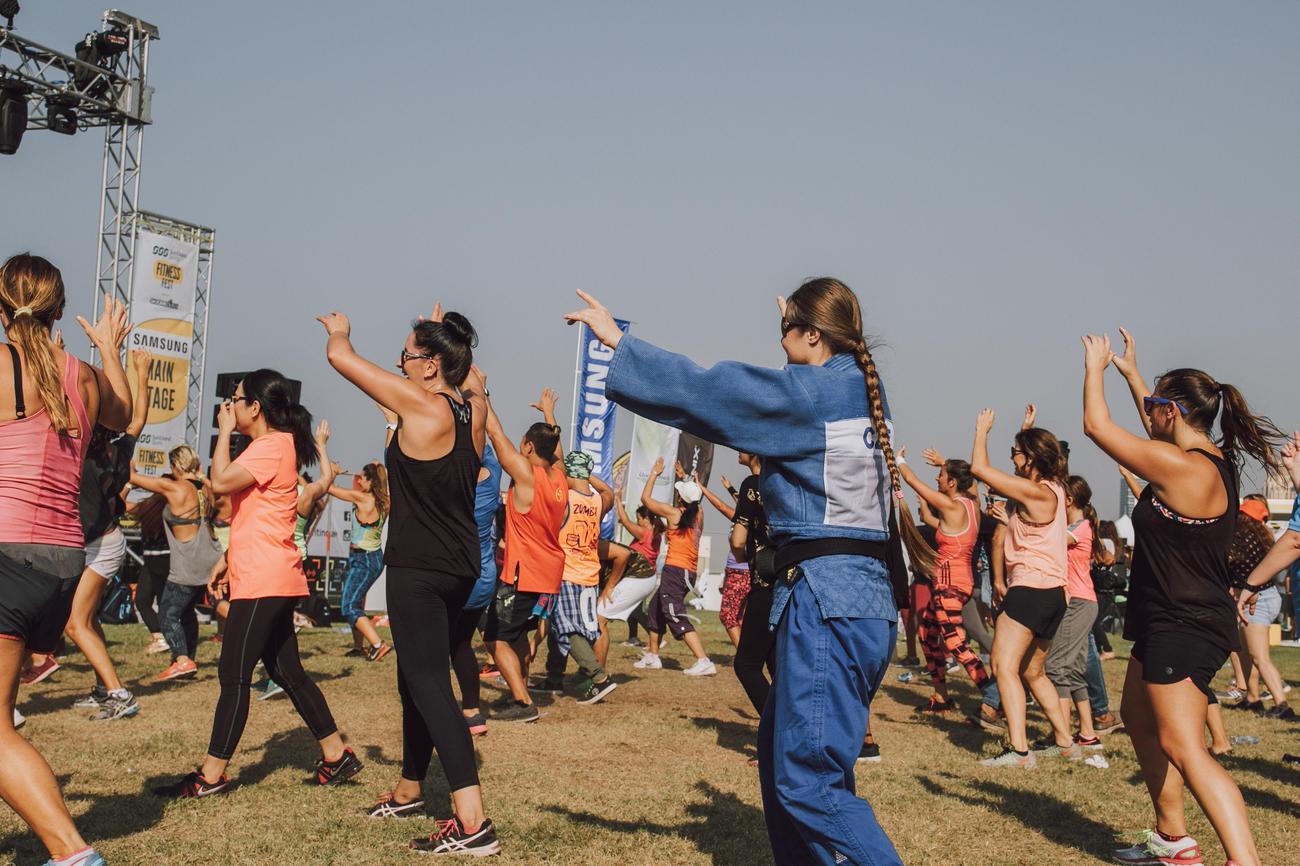Welcome to the world of taekwondo, where the artistry of martial arts meets the intricacies of unique techniques. In this article, we will delve deep into the realm of taekwondo and unlock the secrets behind its lesser-known techniques. Prepare to be captivated as we explore the practical applications, benefits, and mastery of these unique taekwondo techniques. Whether you are a seasoned martial artist or a curious beginner, get ready to unleash your inner warrior and embark on a journey of empowerment through the art of taekwondo.

Unique Taekwondo Techniques
When it comes to taekwondo, there’s a multitude of techniques that go beyond the usual kicks and punches. These unique taekwondo techniques can be powerful tools in your martial arts arsenal, allowing you to surprise and overwhelm your opponents. In this article, we’ll explore some lesser-known taekwondo techniques that can take your skills to the next level.
Taekwondo Hand Strikes: Unleashing the Power of Your Fists
While taekwondo is often associated with impressive kicks, hand strikes play a crucial role in this martial art as well. They provide an alternative to kicks and can be executed in various ways to keep your opponent guessing. By combining different hand strikes into fast combinations, you can stun your opponent and gain the upper hand in a fight.
One unique taekwondo hand strike is the palm strike, where the palm of your hand is used as a striking surface. This technique is particularly effective in close-quarters combat, allowing you to deliver a powerful strike while maintaining a defensive position. Another technique is the ridge hand strike, where the side of your hand is used to strike the opponent’s vital areas. This strike can cause significant damage and is commonly used to target sensitive areas like the temple or neck.
Remember, in taekwondo, your hands aren’t just for blocking – they can deliver devastating strikes too.
Exploring the Diverse World of Taekwondo Kicks
Kicks are the hallmark of taekwondo, showcasing the art’s emphasis on flexibility, speed, and precision. From dynamic jump kicks to spinning techniques, taekwondo kicks offer a wide range of options for both offense and defense. By mastering these unique kicks, you can surprise your opponents and gain a competitive edge.
One popular taekwondo kick is the front kick, executed with the front leg and aimed at the opponent’s midsection. This kick is known for its speed and power, making it an effective tool in close-range combat. Another impressive technique is the side kick, where the leg is extended horizontally to strike the opponent’s body or head. This kick combines power and reach, making it a formidable weapon in your arsenal.
In taekwondo, kicks are not just flashy moves – they are strategic tools that can give you the upper hand in a fight.
Taekwondo Patterns: The Essence of Discipline and Precision
Taekwondo patterns, also known as poomsae, teul, or hyeong, are a fundamental part of taekwondo training and competitions. These patterns consist of a series of predetermined movements designed to showcase the practitioner’s discipline, precision, and mastery of technique. By performing these patterns with grace and accuracy, you can demonstrate your understanding of taekwondo’s core principles.
Each taekwondo pattern has its own unique set of movements and combinations, representing different aspects of the martial art. From slow and controlled movements to explosive and dynamic techniques, patterns in taekwondo encompass the full range of the art’s techniques. By practicing these patterns diligently, you can refine your skills and deepen your understanding of taekwondo’s intricacies.
Taekwondo patterns are more than just sequences of movements – they are a reflection of the practitioner’s dedication and skill.
Taekwondo Blocks: Defending Yourself with Precision
In taekwondo, blocks, known as Makgi, play a crucial role in defense. They are used to stop and deflect incoming attacks, allowing you to protect yourself while maintaining a position of strength. Mastering various taekwondo blocks can make you a formidable opponent, capable of defending against even the most skilled attackers.
One common taekwondo block is the low block, which is performed by crossing your arms in front of your body to defend against low-level attacks. This block is effective in countering kicks aimed at your legs or lower torso. Another useful block is the high block, where you raise one arm above your head to defend against high-level attacks. By training these blocks diligently, you can effectively defend yourself and create opportunities for counterattacks.
Taekwondo blocks are not just defensive maneuvers – they are strategic actions that can turn the tide of a fight.
Taekwondo Self-Defense: Empowering Yourself Through Kinuo
Taekwondo self-defense, known as kinuo, is an essential aspect of this martial art. It focuses on practical techniques that can be used to protect yourself in real-life situations. By learning and mastering self-defense techniques, you can develop the confidence and skills needed to defend yourself effectively.
Kinuo techniques in taekwondo involve a combination of strikes, blocks, and evasive movements. They are designed to quickly incapacitate an attacker and create an opportunity for escape. By incorporating these techniques into your training, you can enhance your ability to defend yourself and stay safe in potentially dangerous situations.
Taekwondo self-defense is not just about learning cool moves – it’s about equipping yourself with the skills and mindset to protect yourself when it matters most.
In conclusion, taekwondo offers a vast array of unique and powerful techniques beyond the standard kicks and punches. By exploring and mastering these lesser-known techniques, you can elevate your taekwondo skills to new heights. Whether it’s surprising your opponents with unexpected hand strikes, unleashing dynamic kicks, performing intricate patterns, defending with precision blocks, or empowering yourself through self-defense techniques, the world of unique taekwondo techniques awaits your mastery.
Mastering unique taekwondo techniques opens up a whole new dimension of martial arts expertise and empowers you to reach new levels of skill and effectiveness. So go forth, explore these hidden gems, and unleash your full taekwondo potential!
Taekwondo is not just your average martial art. It is a unique discipline that combines powerful kicks, lightning-fast strikes, and agile footwork. If you have ever wondered What Makes Taekwondo Unique, look no further. By clicking here, you can explore the fascinating aspects of taekwondo and discover its rich history, its emphasis on self-defense, and the mental benefits it provides. Don’t miss out on this opportunity to delve deeper into the incredible world of taekwondo. What Makes Taekwondo Unique

FAQ
What are some unique taekwondo techniques?
Some unique taekwondo techniques include the spinning inside crescent kick, back pivot kick, spinning hook kick, spinning axe kick, returning kick, and 360 turning kick.
How can taekwondo hand strikes be used?
Taekwondo hand strikes can be used as an alternative to kicks and are effective for close-quarter combat. They can be combined into fast combinations of strikes to stun an opponent.
What are some popular taekwondo kicks?
Some popular taekwondo kicks include the front kick, side kick, roundhouse kick, back kick, reverse side kick, hook kick, and axe kick. These kicks can be performed with either the front or rear leg in a given stance.
What are taekwondo patterns?
Taekwondo patterns, also known as poomsae, teul, or hyeong, are a series of choreographed movements that represent various offensive and defensive techniques. They are an important part of taekwondo competitions.
How are taekwondo blocks used?
Taekwondo blocks, known as Makgi, are defensive techniques used to stop and deflect incoming attacks. They are an essential component of taekwondo self-defense and help practitioners protect themselves from harm.
- SYBAU See You Baby Meaning: Gen Z Slang Evolves - July 1, 2025
- Unlock Your Inner Youth: Lifestyle Secrets for a Vibrant Life - July 1, 2025
- Decode SYBAU Meaning: Gen Z Slang Explained - July 1, 2025






